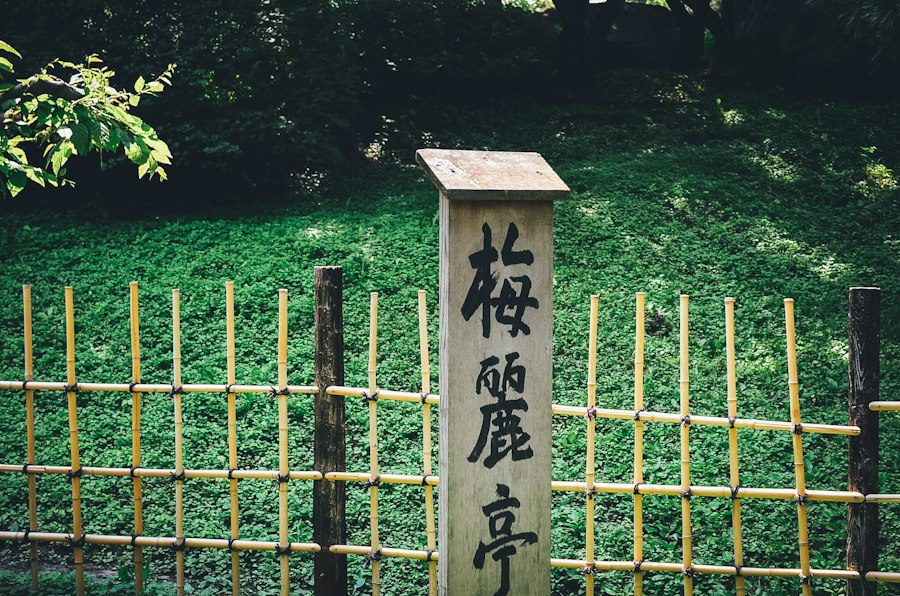The Ngalakan language is an indigenous language spoken by the Ngalakan people in the Northern Territory of Australia. It is a significant part of Australian culture and holds immense value for the Ngalakan community. Like many indigenous languages, Ngalakan is currently endangered, facing the threat of extinction. The preservation of the Ngalakan language is crucial not only for the cultural identity of the Ngalakan people but also for the overall linguistic and cultural diversity of Australia.
Key Takeaways
- Ngalakan language is significant in Australian culture and is currently endangered.
- Language preservation is crucial for indigenous communities to maintain their cultural identity.
- Preserving Ngalakan language faces challenges such as lack of resources and speakers.
- Efforts are being made to revive and promote Ngalakan language through community initiatives and technology.
- Preserving Ngalakan language benefits future generations and contributes to cultural and linguistic diversity in Australia.
History of the Ngalakan language
The Ngalakan language has a rich history that dates back thousands of years. It belongs to the Gunwinyguan language family, which is one of the largest language families in Australia. The language has evolved and developed over time, adapting to changes in the environment and society. However, due to various factors such as colonization, displacement, and assimilation, the number of fluent speakers has significantly declined, putting the language at risk of extinction.
Importance of language preservation for indigenous communities
Language is deeply intertwined with culture, serving as a vehicle for transmitting knowledge, traditions, and values from one generation to another. For indigenous communities like the Ngalakan people, language is not just a means of communication but a vital part of their identity and connection to their ancestors and land. When a language is lost, a whole world of cultural knowledge and heritage disappears along with it.
The loss of language has profound effects on indigenous communities. It can lead to a loss of cultural identity, as language plays a crucial role in shaping individual and collective identities. Language loss also affects mental health and well-being, as it can contribute to feelings of isolation, disconnection, and loss of self-esteem within indigenous communities.
Challenges faced in preserving the Ngalakan language
| Challenges Faced in Preserving the Ngalakan Language |
|---|
| Lack of speakers |
| Lack of resources for language documentation and preservation |
| Lack of interest among younger generations |
| Influence of dominant languages |
| Loss of traditional cultural practices |
| Difficulty in accessing language learning materials |
| Geographical isolation of Ngalakan-speaking communities |
Preserving an endangered language like Ngalakan comes with its own set of challenges. One major challenge is the lack of resources and funding dedicated to language preservation efforts. Indigenous communities often face limited access to educational and financial resources, making it difficult to allocate resources specifically for language revitalization programs.
Another challenge is the limited number of fluent speakers. As older generations pass away, the number of fluent speakers decreases, making it harder to pass on the language to younger generations. Additionally, the displacement and assimilation of indigenous communities have disrupted the intergenerational transmission of language, further contributing to its endangerment.
Efforts being made to revive and promote the Ngalakan language
Despite the challenges, there are ongoing efforts to revive and promote the Ngalakan language. Community-led language revitalization programs play a crucial role in preserving the language. These programs involve community members, elders, and language experts working together to document and teach the language to younger generations.
Collaboration with linguists and language experts is also essential in preserving endangered languages like Ngalakan. Linguists provide valuable expertise in documenting and analyzing the language, creating resources for language learning, and developing strategies for language preservation.
Integration of the Ngalakan language into education and cultural programs is another effective way to promote its preservation. By incorporating the language into school curricula and cultural events, younger generations can develop a sense of pride and connection to their heritage.
Role of technology in preserving endangered languages like Ngalakan

Technology plays a significant role in preserving endangered languages like Ngalakan. Digital archives and resources provide a platform for storing and accessing linguistic data, recordings, and documentation. These archives ensure that valuable information about the language is preserved for future generations.
Language learning apps and software have also become increasingly popular in recent years. These tools provide interactive and accessible ways for individuals to learn endangered languages like Ngalakan. They can be used by both indigenous community members and non-indigenous individuals interested in learning about indigenous languages and cultures.
Social media and online communities have also emerged as powerful tools for language preservation. Online platforms allow for the creation of virtual communities where individuals can connect, share resources, and practice speaking endangered languages. These platforms provide a sense of community and support for language learners, even if they are geographically dispersed.
Benefits of preserving the Ngalakan language for future generations
Preserving the Ngalakan language has numerous benefits for future generations. Firstly, it ensures the cultural preservation and revitalization of the Ngalakan community. Language is a fundamental aspect of culture, and by preserving the language, the Ngalakan people can maintain their cultural practices, traditions, and knowledge systems.
Secondly, language preservation has positive impacts on mental health and well-being within indigenous communities. Studies have shown that maintaining a strong connection to one’s language and culture can improve self-esteem, reduce feelings of isolation, and promote overall well-being.
Lastly, preserving endangered languages like Ngalakan contributes to linguistic and cultural diversity in Australia. Australia is home to a vast array of indigenous languages and cultures, each with its own unique knowledge systems and perspectives. Preserving these languages ensures that this diversity is celebrated and valued.
Cultural and linguistic diversity in Australia and its preservation
Australia is known for its rich cultural and linguistic diversity, with over 250 indigenous languages spoken across the country. Each language represents a unique cultural heritage and contributes to the overall tapestry of Australian identity. However, many of these languages are endangered or critically endangered, facing the risk of extinction.
Preserving linguistic and cultural diversity in Australia is crucial for maintaining a vibrant and inclusive society. It allows for the celebration of different perspectives, knowledge systems, and ways of being in the world. It also promotes social cohesion by fostering understanding and respect between different communities.
Collaborative efforts between indigenous and non-indigenous communities to preserve the Ngalakan language
Preserving endangered languages like Ngalakan requires collaborative efforts between indigenous and non-indigenous communities. Indigenous communities hold the key to language revitalization, as they are the custodians of their languages and cultures. Non-indigenous individuals and organizations can provide support through funding, resources, and expertise.
Successful collaborations between indigenous and non-indigenous communities have been seen in various language preservation projects. These collaborations involve mutual respect, trust, and a shared commitment to preserving linguistic and cultural diversity. By working together, these communities can create sustainable and effective strategies for language revitalization.
Conclusion and call to action for preserving endangered languages in Australia and beyond
In conclusion, the preservation of endangered languages like Ngalakan is crucial for the cultural identity of indigenous communities and the overall linguistic and cultural diversity of Australia. Language loss has profound effects on indigenous communities, impacting their cultural identity, mental health, and well-being.
Efforts are being made to revive and promote the Ngalakan language through community-led programs, collaboration with linguists, and integration into education and cultural programs. Technology also plays a significant role in preserving endangered languages, providing digital archives, language learning apps, and online communities.
Preserving the Ngalakan language has numerous benefits for future generations, including cultural preservation, improved mental health, and increased linguistic and cultural diversity in Australia. Collaborative efforts between indigenous and non-indigenous communities are essential in language preservation.
It is crucial for individuals and organizations to support language revitalization efforts by providing funding, resources, and expertise. By doing so, we can ensure that endangered languages like Ngalakan are preserved for future generations, contributing to a more inclusive and diverse society.
If you’re interested in learning about another unique indigenous language, you might want to check out this article on the fascinating world of Ngalakan Language. Ngalakan is an endangered Australian Aboriginal language that holds great cultural significance. Discover the unique dialects and the efforts being made to preserve this rich linguistic heritage. Read more
FAQs
What is Ngalakan Language?
Ngalakan is an indigenous language spoken by the Ngalakan people in the Northern Territory of Australia.
How many people speak Ngalakan Language?
As of 2016, there were approximately 200 speakers of Ngalakan Language.
What language family does Ngalakan Language belong to?
Ngalakan Language belongs to the Gunwinyguan language family.
Is Ngalakan Language endangered?
Yes, Ngalakan Language is considered to be endangered as the number of speakers is decreasing.
What is the writing system used for Ngalakan Language?
Ngalakan Language uses the Latin alphabet with some additional letters and diacritics.
Are there any efforts to preserve Ngalakan Language?
Yes, there are efforts to preserve Ngalakan Language through language revitalization programs and documentation of the language.
